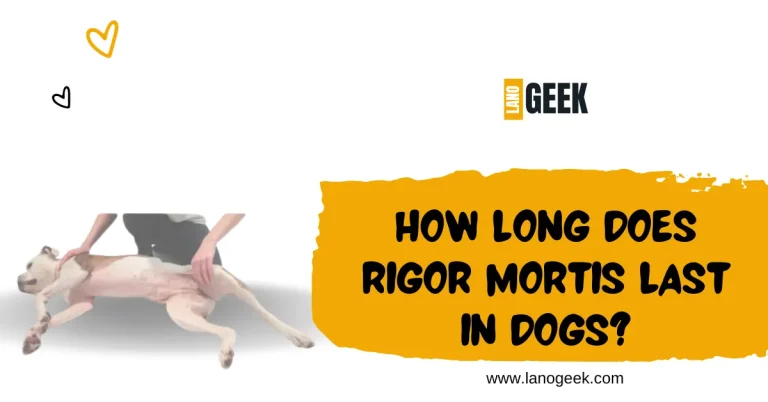Curious about how to recognize when your dog is in labor? Wonder no more! In this comprehensive guide, I’ll explore the telltale signs of natural labor in dogs and when it’s time to seek veterinary assistance. From restlessness to mucus discharge, understanding these cues is vital for every dog owner. So, let’s start from canine childbirth and ensure your furry friend receives the care they deserve.
Veterinarians recommend caution when considering the frequency of cesarean sections for dogs. While there’s no legal limit, experts generally advise against more than 2–3 c-sections in a dog’s lifetime. This limitation is crucial to safeguard the health and well-being of both the mother and her puppies.
Recent read: How Long Can You Keep Dog Sperm Frozen
C Section Dogs: Reasons for Limiting
Multiple c-sections can pose significant risks to a dog’s health. These risks include potential complications during surgery, such as lack of oxygen, vomiting, aspiration, and hemorrhage.
Necessity of C-Sections: C-sections are essential in emergency situations to ensure the health and safety of the mother and her puppies. Factors such as post-term pregnancy, abnormal discharge, extended birthing time, or abnormal puppy positions may require immediate surgical intervention.
Financial Considerations: Apart from health concerns, financial considerations also play a role in the decision-making process. C-section surgeries can be costly, ranging from $1,000 to $3,000 or more, depending on various factors such as location, clinic, breed, and whether it’s a pre-planned or emergency procedure. Understanding these financial implications is essential for responsible pet ownership.
Frequency of Pregnancies: Limiting the number of cesarean sections for dogs is closely tied to the frequency of pregnancies. While dogs could theoretically have multiple litters each year, organizations advocate for limiting pregnancies for health and moral reasons. This consideration extends to the number of c-sections a dog undergoes, ensuring their overall well-being.
Risks of C-Section Surgery
C-sections, while common, carry inherent risks for both the mother and her puppies. These risks include complications such as lack of oxygen, vomiting, aspiration, and hemorrhage. While veterinarians take extensive precautions, these potential issues underscore the importance of cautious consideration before opting for a c-section.
Even after a successful c-section, post-operative complications can arise. Grogginess, exhaustion, and infection are common concerns that require vigilant monitoring and prompt veterinary attention. Pet owners must be prepared to provide the necessary care and support during the critical post-operative period.
Preparing Your Dog for Cesarean Section: Essential Steps for a Smooth Procedure
Before the c-section, certain medical preparations are necessary to ensure the safety and well-being of both the mother and her puppies. This includes stopping flea/tick medications, applying an Adaptil collar, and following vet instructions regarding medications.
Physically preparing your dog for the c-section involves bathing her a few days before the surgery to ensure cleanliness and reduce the risk of infection. Additionally, withholding food on the day of the procedure is essential to minimize complications during anesthesia and surgery.
In addition to medical and physical preparations, logistical considerations are vital for a successful c-section. Pet owners should prepare a “go-bag” containing essentials such as a cell phone and charger, a tarp for the car seat, blankets and towels, the dog’s crate, a heating pad for the puppies, and a container for carrying the puppies home. These items ensure that pet owners are fully equipped to handle the logistical challenges of the procedure and provide the necessary support for their dog’s recovery.
Key Takeaways for Dog Owners
Understanding the nuances of cesarean sections for dogs is crucial for responsible pet ownership. By recognizing the signs of natural labor, understanding the limits of c-sections, and considering the reasons for limiting these procedures, dog owners can make informed decisions that prioritize the health and well-being of their furry companions.
Navigating the risks associated with c-section surgery, including surgical and post-operative complications, requires careful consideration and preparation. By taking the necessary medical, physical, and logistical steps to prepare for a c-section, pet owners can ensure a smooth procedure and promote a speedy recovery for their dogs.






